How to train your dog to a muzzle
Shock content: a dog doesn't need a muzzle. It was created free of harness, but life in human society has made adjustments.
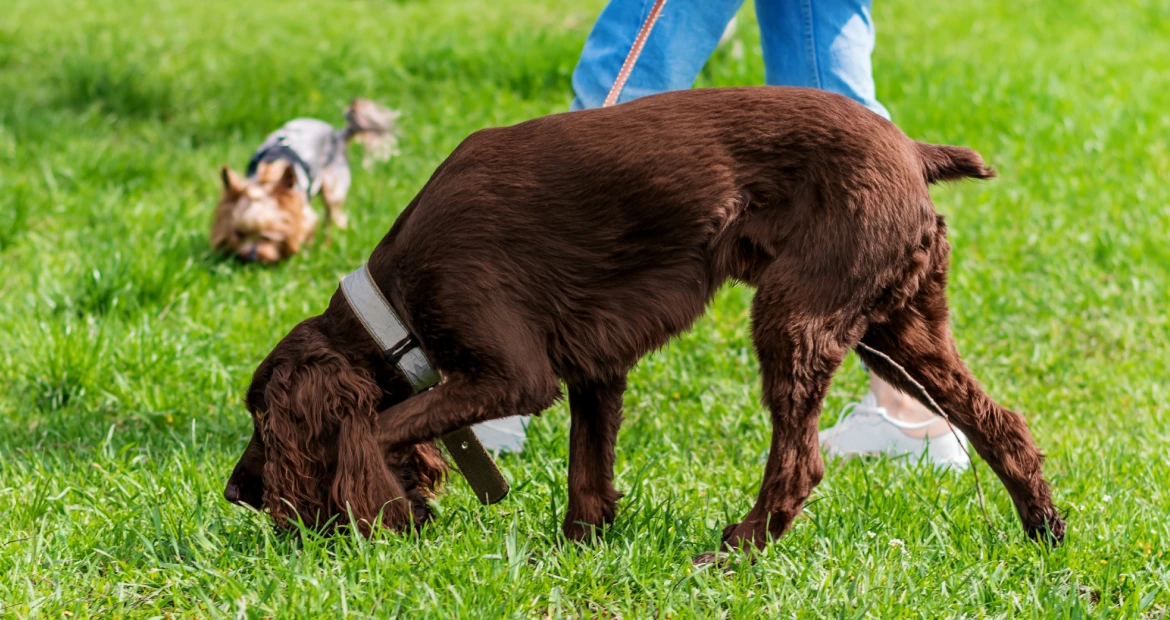
Who needs a muzzle
- Dogs that are prone to picking up edible and inedible objects from the ground. Picking up inedible objects (pica behavior), such as cigarette butts, may be associated with gastroenterological or behavioral problems. And, while efforts are underway to discover and correct the source, the muzzle will protect the dog from toxic poisoning.
- Dogs with a distinct hunting behavior. A dog can show it toward street cats, rodents, squirrels, and larger animals - deer out of town, for example. It is even more dangerous when a dog engages in predatory behavior toward small dogs, children, and people on bicycles. Addressing this behavior is complex and time-consuming, therefore a muzzle is mandatory to avoid casualties.
- Dogs with a track record of aggressive behavior.
- Dogs during treatment at a veterinary clinic.
- Dogs in public places and in transportation - as required by law.
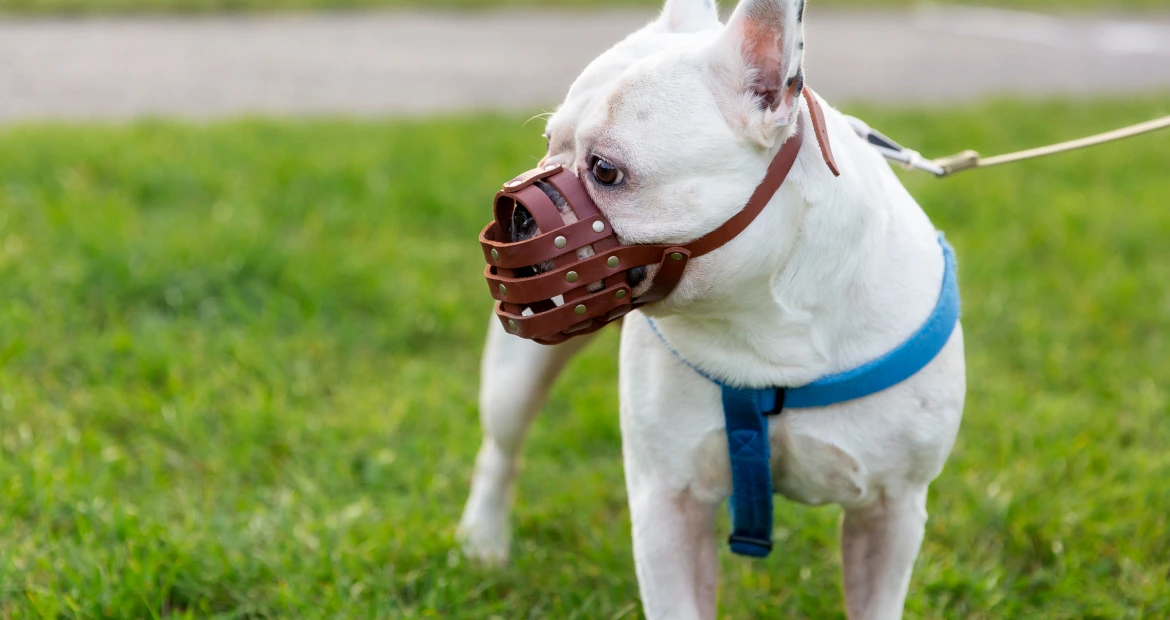
How to train your dog to a muzzle
Muzzle training is best practiced as a game. It should make the dog feel secure and at ease, and the muzzle shouldn't restrict the body's physiological functions. The dog should be able to drink while muzzled and breathe and cool itself with its mouth open. While at the vet clinic and during training, give incentive treats through the muzzle.
Getting an adult dog or puppy accustomed to wearing a muzzle on command will help with the principles discussed in this article.
It is critical to keep in mind that muzzle training should be done at the dog's pace because each dog is mentally unique. This training should be done in a few short sessions spread out over a few weeks.
We reinforce a positive association with a muzzle through play, praise and treats.
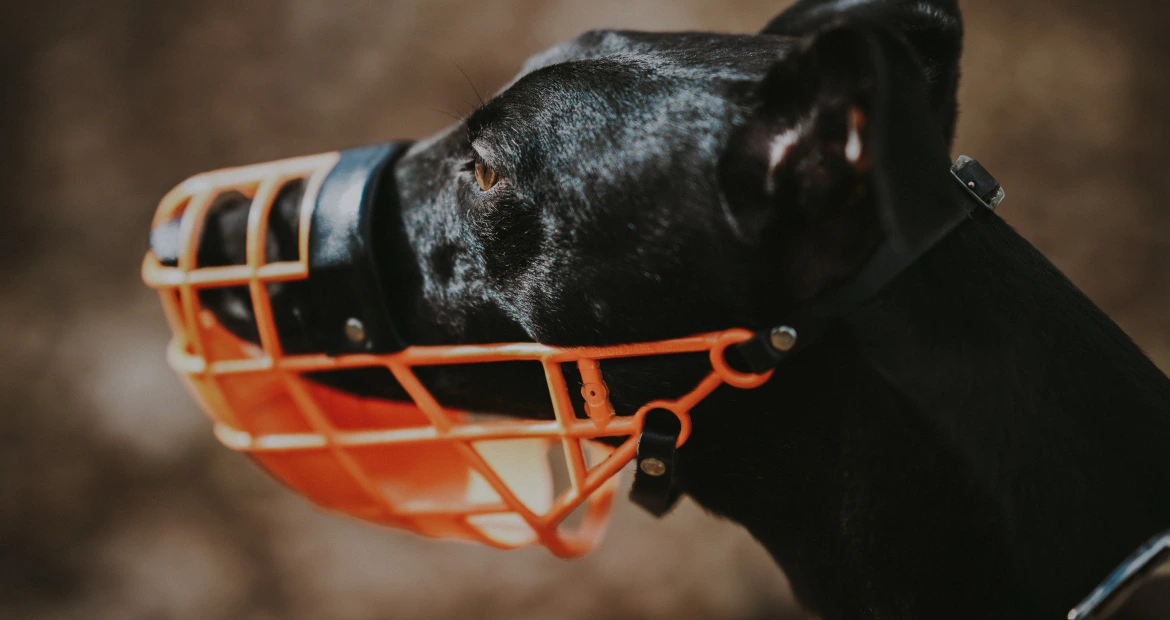
The process of "getting to know" the muzzle.
It is strongly advised against the owner simply putting the muzzle on the dog because this is likely to frighten and perplex the animal and will make it harder to put the muzzle on with each subsequent attempt.
Step 1. Introducing the muzzle
The dog can be encouraged to sniff the muzzle, but it's best to start by placing it on the ground with appetizing food inside and around it. Very timid and shy dogs can simply be fed for a few days next to the muzzle; let them sniff it and interact with it. This will allow for a more gradual and pleasant transition period.
Step 2 Nose in the muzzle
Once the dog is accustomed to the sight of the muzzle, i.e., he does not react negatively to its existence, begin coaxing him to put his nose in the muzzle by offering treats through the slits. We don't use tight closed muzzles, it's better to get it accustomed to the Baskerville option right away. We begin by delivering rewards at intervals closer to the muzzle's opening, then gradually move the treat further inside the muzzle until the dog is comfortable.
We are not attempting to rush this procedure!
Muzzle training is done once and for all, and if we want to work compassionately, we should do it properly and correctly the first time, without creating negative associations in the dog, so that we do not torture ourselves later and do not create a stressful situation for the animal.
As a result, we continue performing the treat practice until the dog is comfortable pressing its nose on the tip of its muzzle. As soon as you reach for the muzzle, it should ideally think of a treat and freely stick its nose through it.
Step 3. Getting started with fasteners
One of the most challenging stages! Start holding (but not fastening) the muzzle behind your dog's ears and give it a treat. It's crucial to hold the fasteners for a brief period of time initially.
Continue doing this step until your dog is entirely at ease having the straps over its ears. If the dog pulls away from the muzzle, you must take a step back, gently practice at a slow pace, exercise patience, and keep in mind that your dog is perfectly capable of sensing your stress as well.
Keep a positive attitude; a lot depends on it!
Step 4. Fastening the muzzle
Once the dog starts to feel at ease with the fasteners, you can secure them behind the dog's ears and give it a treat. Well done! But as soon as it eats the treat, immediately remove the muzzle. Repetition of this procedure will eventually lengthen the time the dog is muzzled. Start with literally one second and increase the time span progressively. With your dog wearing a muzzle, try taking a short stroll around the house, apartment, or garden. Remove the muzzle and continue training at shorter intervals if your dog shows signs of tension or continues to try to pull it off using its paws.
The muzzle should then be worn by your dog in various scenarios, such as outside the house, on a walk, with another dog, in the park, or at a vet appointment.
When your dog gets used to the muzzle and is comfortable wearing it, the problems will be over, so at this stage, keep practicing and reward your dog with treats, play, and praise.
Step 5. Let's keep practicing!
Even if your dog only has to wear a muzzle sometimes, it's still beneficial to do so frequently and reinforce positive behavior with treats.
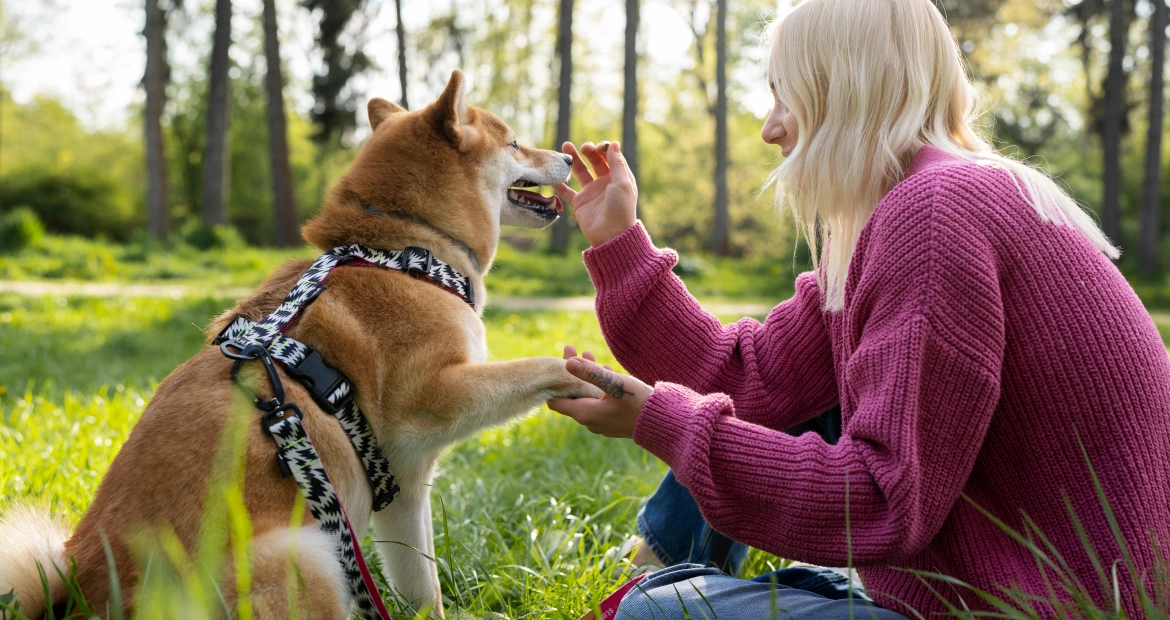
What to avoid when practicing muzzle training
- Never be in a hurry!
- Never use a muzzle as a punishment; using a muzzle should always be enjoyable.
- Never leave your dog alone in a muzzle in an area where there is something to grab onto.
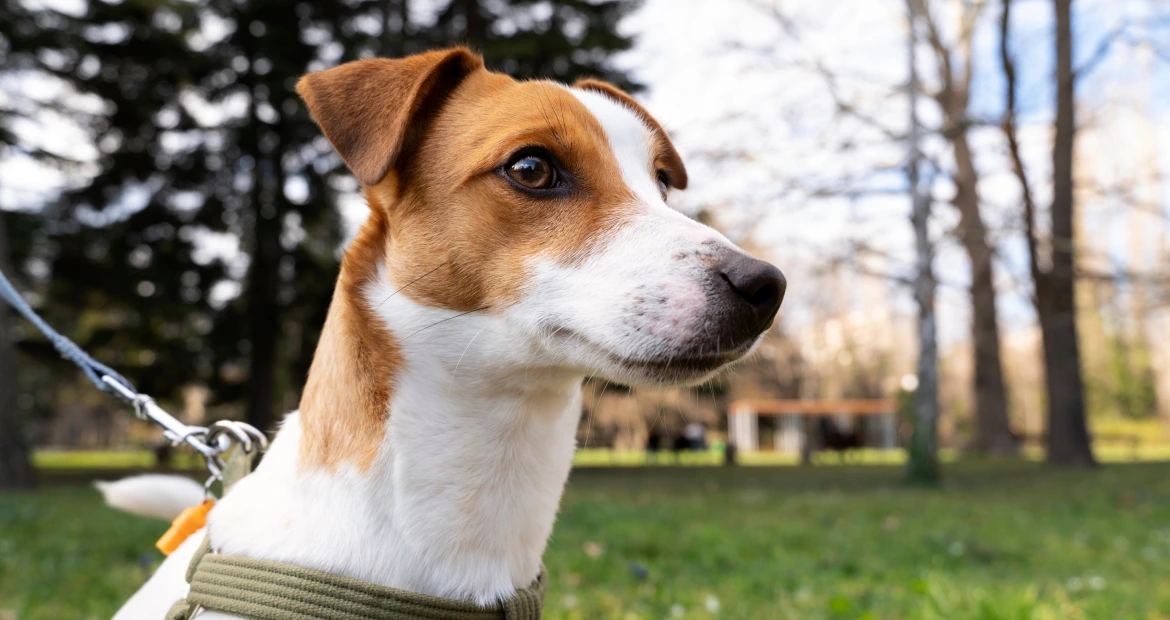
Fear of being muzzled
What should you do if you get a dog that is already afraid of a muzzle?
It's probably scared because of past experiences or because of a range of factors. It is critical to allow such animals as much time as possible to learn in order to avoid losing faith and to advance slowly in order to create confidence. If your dog becomes agitated during training for any reason—too many distractions, too hot, your dog is in pain—stop and resume training the next day. If the problem persists, a behaviorist will guide you and your dog through the training process, making it as comfortable as possible. Don't be afraid to seek assistance because professionals are specifically educated to assist people and pets with situations that are tough to address on their own.
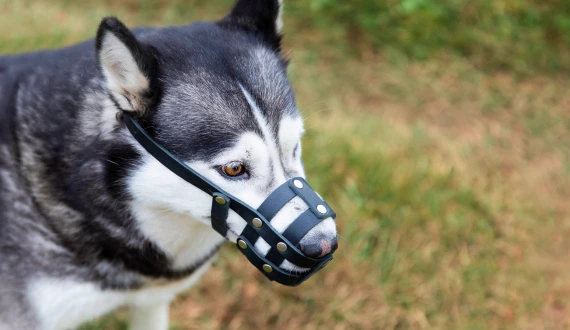

Choosing the right muzzle for your dog
When choosing a muzzle, it is important to make sure that it:
- fits snugly and does not come undone with a light paw movement;
- permits the dog to breathe and drink by opening its mouth;
- allows proper air circulation, preventing the dog from overheating while wearing it.
- is made of durable material;
- doesn't rub or constrict at any point.
A cage muzzle, also known as a Baskerville, is the most commonly recommended muzzle; it's usually large enough to allow dogs to fully open their mouths, well-ventilated, lightweight, has gaps wide enough to allow you to offer your dog goodies, and it's available nearly everywhere.
There's such a thing as a veterinary muzzle. It is made of nylon and prevents the dog from opening its jaws at all. It can't breathe without the ability to open its mouth freely, which is unsatisfactory because dogs are commonly frightened at vet clinics, and when dogs are stressed, the ability to breathe with their mouths open is vital. In addition, a constricting muzzle is an added stress factor.
The same applies for wrapping a bandage around a dog's mouth at the vet's office. Of course, a volunteer or kind person cannot have trained or even bought a muzzle for a dog they have just rescued and brought to the veterinarian's office. In this instance, securing a dog's mouth while being examined will protect the personnel and the volunteer. This is probably the only situation where such bandaging is allowed.
Your dog's ability to breathe, drink, and enjoy rewards will be hampered by bandages and a tight veterinary muzzle. When visiting doctors, veterinary experts who have passed the Fear Free¹ Veterinary certification program, which teaches ethical handling of animals in clinics, recommend wearing only a Baskerville muzzle.
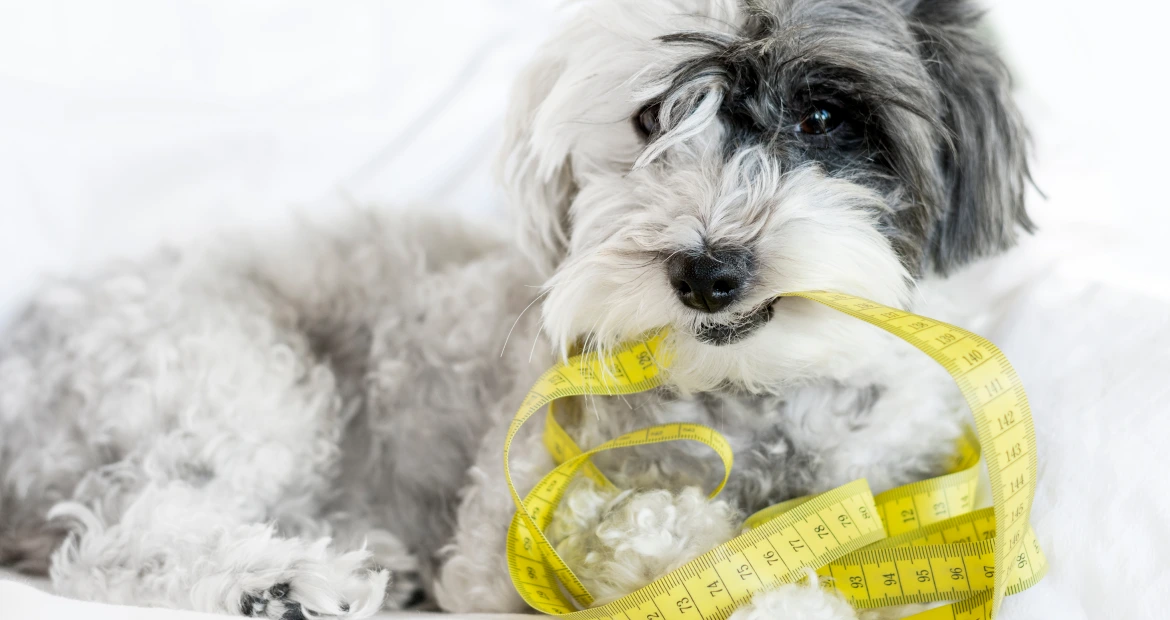
How do you size it?
- The gap between your dog's nose and the end of the muzzle should be about 1 cm; the nose should not touch the muzzle at all.
- The dog can easily open its mouth to drink and breathe.
- The straps should not be excessively tight; one finger should be able to fit between them and the dog.
- When shaken, the muzzle does not come off.
It is critical to use caution when selecting a muzzle for dogs with flat faces, such as Pugs, Pekingese, and French Bulldogs, because they frequently have breathing issues, which a muzzle might aggravate. In the case of each brachycephalic dog, the muzzle should be customized by a veterinarian. Baskerville-type muzzles also exist for brachycephalic dog breeds.
[1] - Fear Free Pets - Taking the "Pet" Out of "Petrified" for All Animals



